From cholera to yellow fever: A short history of disease outbreaks in Halifax
Nova Scotia has a long history of using quarantines to protect itself from infectious diseases, but it was a lack of quarantine that inadvertently led to a health disaster and the founding of Halifax.
In 1746, France sent a fleet carrying 3,000 men, under the command of Duc D'Anville, to ally with the Mi'kmaq to reclaim the land from the British. But typhus broke out on the ships, killing 1,270 men at sea.
The fleet limped into what would become Halifax harbour to meet their Mi'kmaw allies. The Frenchmen weren't quarantined, but left the ships and set up camp on the shores of the Bedford Basin, near today's Bedford Highway. Typhus went with them, killing 1,130 more. The last to die were left unburied on the rocky coast.
The Mi'kmaq tried to help their friends, who unknowingly spread typhus into Mi'kmaki via infected lice. Fevers, chills, aching bodies, coughs and vomiting ravaged the land, killing one in three Mi'kmaw people. The epicentre around the harbour was especially badly hit, leaving it a near ghost town in 1749, when the British arrived and founded Halifax.
Thousands of settlers came from across Europe and brought infectious diseases with them, often typhus or smallpox. The British established Georges Island as a quarantine zone and many settlers spent their first months living in the small island's shacks. Some died without setting foot on the mainland.
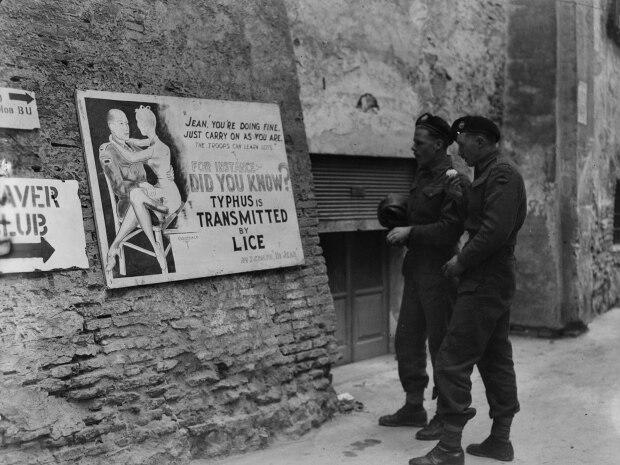
By 1800, Halifax had grown into a proper town, just in time to be hit by a smallpox outbreak that killed 182. Nova Scotia developed Melville Island in the Northwest Arm as a quarantine zone.
Ian Cameron is a retired doctor and author of the aptly titled Quarantine: What is Old is New, which tells the history of the next major quarantine station in Halifax. He said global outbreaks of cholera erupted throughout the 1800s.
"You get this terrible diarrhea and you lose all your fluids," Cameron said from his home in Sherbrooke, N.S.
Drained, people doubled over as cramps brought intense pain. Finally, their faces froze in a horrid grimace. Cholera could kill a healthy person in hours, though sometimes it took a few days.
An 1832 outbreak killed thousands of people in Upper and Lower Canada. Nova Scotia did not quarantine and soon cholera arrived. Sick people were not isolated, but housed at the Poor House in Halifax. Cholera killed 659 Nova Scotians in 1834.

Cholera returned to Halifax in 1866, aboard the S.S. England, on which 40 people had died of cholera. It was quarantined at McNabs Island. Officials thought that would keep the dreaded disease out of Halifax, but a strange case on Inglis Street taught them the grim truth.
Charles Tupper, the premier of Nova Scotia and also Halifax's chief medical officer, personally attended to a girl on that street who had fallen ill. At first, it seemed to have nothing to do with the sick ship. She hadn't had any contact with anyone connected to the ship, yet she died of cholera.
Tupper learned the girl's mother had found a pretty piece of canvas on the shore and turned it into a petticoat, which the girl wore. The canvas was traced back to the sick ship; it had been thrown overboard and floated to shore, bringing cholera with it.
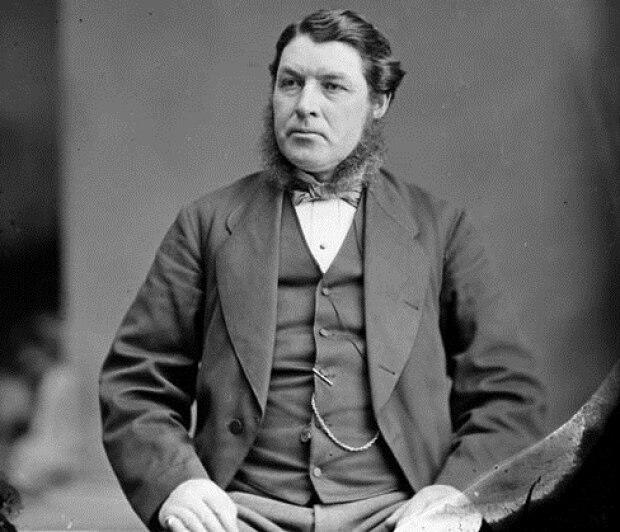
Dr. John Slayter, the port health officer, oversaw the ship's quarantine. He told Tupper about the horrors he witnessed among the passengers stuck on McNabs Island. "The arrangements here are very bad from want of help … more of the people on shore are dying of starvation," he wrote on April 14, 1866. "When food is sent the strong seize it and the sick and the old who have no friends suffer, having no food."
That cholera outbreak killed 2,000 people in Halifax, out of a population of 30,000. Slayter, a vibrant man in his 30s, was married and had five children. In late April, he wrote to Tupper that the disease was fading out. But he soon contracted cholera and died within hours.
The shock of the disaster and the ad hoc response inspired the city to build a permanent quarantine facility on Lawlor Island. The small, wooded island was near Eastern Passage and, unlike nearby McNabs, it had no residents. It also had no water springs, a problem only later discovered.
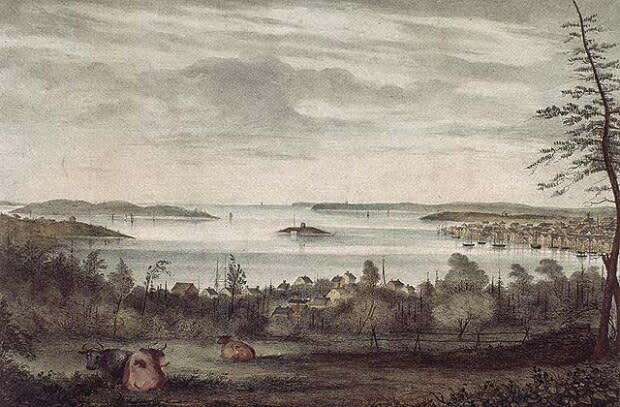
Crews erected two hospitals, a recovery building and a storage shed. They built roads to connect them, and wharfs to link to the mainland. "None of them were particularly fancy or nice. They were very difficult to heat in the winter," Cameron said.
Halifax slowly improved the quarantine island, adding a winterized hospital, better accommodation and a water supply. "By the time it was almost obsolete, they were fully operational," Cameron said dryly.
The year 1898 was the busiest on Lawlor Island. From January to July, it dealt with outbreaks of diphtheria, smallpox and measles. The summer of 1898 saw 1,000 people quarantined on the island. Several people died, but most survived. Importantly, the diseases did not spread to Halifax. The quarantine station had protected the citizens.
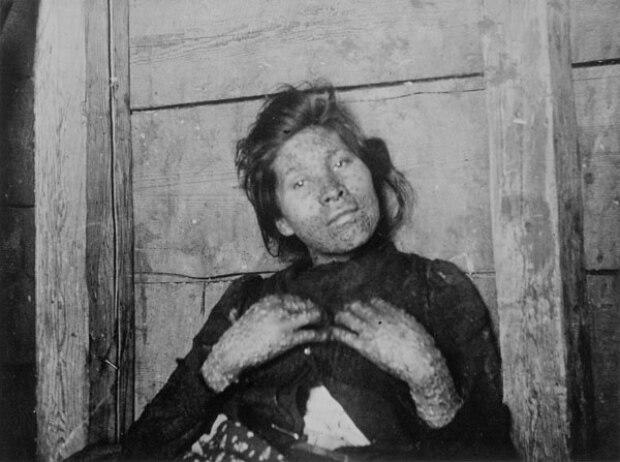
Cameron said Lawlor Island's finest hour came in January 1899, when Count Sergey Tolstoy, son of the writer Leo Tolstoy, sailed into the harbour aboard the SS Lake Superior. Tolstoy was leading 2,000 Doukhobors to safety, after Tsar Nicholas II drove the radical pacifists out of Russia.
Smallpox erupted on the ship and it was quarantined in Halifax harbour. Officials sent the 2,000 refugees to Lawlor, which was only designed to hold 1,400 people on its small frame, which measures 1.6 kilometres by less than half a kilometre.
Tolstoy was deeply moved to set foot in the New World, but felt Russian levels of cold and feared the worst. He learned they'd be forced to stay in quarantine for three weeks. But the Doukhobors lived up to their pacifist beliefs and the quarantine worked. Smallpox did not spread to Halifax. In fact, something of a miracle occurred: the population of Lawlor Island grew.
"No one died when they were on the island. One lady gave birth, which was a momentous occasion," Cameron said.
Tolstoy entered Halifax to pay the debts accrued feeding his people during the quarantine. He funded the rescue mission with royalties from his father's last novel, Resurrection.
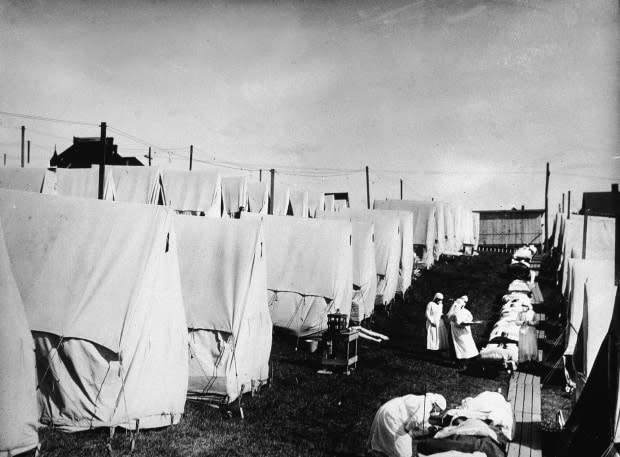
"Halifax, at least in its outward appearance, is nothing out of the ordinary. There are a lot of pot-holes on the streets; the snow is hardly cleared away," he wrote. "People wear knitted caps in the shape of a stocking and fur coats — with the fur on the outside."
The Doukhobors sailed away in February, singing psalms of praise. Many eventually settled in Saskatchewan.
Lawlor Island stood as a bulwark for Nova Scotia, batting away a murderers' row of diseases: scarlet fever, yellow fever, smallpox, cholera, diphtheria, tuberculosis and plague. When outbreaks did reach Halifax, people were treated at the infectious diseases hospital near Africville, or told to self-isolate at home.
Lawlor Island was used to try and contain Spanish Flu in 1918, with limited success, and was shut down in 1938.
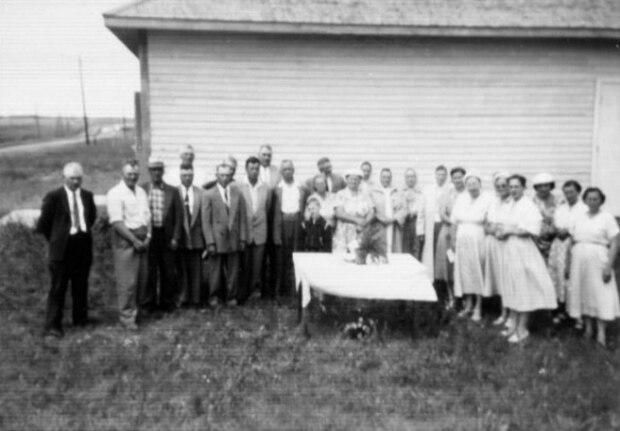
Cameron said medical sleuths slowly learned how to contain many feared infectious diseases. Cholera, for example, was traced to mixing sewage and drinking water in city pipes. New sanitation laws held it in check. "They gradually managed to control most of these quarantinable diseases," he said.
Cameron said his research shows a pattern: infectious diseases erupt, prompting governments to fund research and stockpile supplies. But time passes, funding dries up and stockpiles are depleted. And then an infectious disease erupts, starting the cycle over.
"You have to be prepared," he said. "If you don't remember history, you're doomed to repeat it."
Jan Raska, a researcher at the Canadian Museum of Immigration at Pier 21, said after Lawlor Island closed, Pier 21 took over as the major quarantine station in Halifax. For many baffled travellers, the medical facility was indistinguishable from the nearby detention rooms.
"They included strong rooms without door knobs. The windows were barred so no one could escape — all under the pretense of public health," he said. "To be put into detention and told they would have to spend a few days or a few weeks in quarantine would have been a jarring experience. They would have been separated from family members."

Many people arrived knowing little about Canada and speaking neither French nor English. Most were detained because they showed signs of measles or smallpox. But some showed signs of communism. Raska said officials "were interested in making sure that undesirable individuals — whether it be for health or political reasons — were kept out of Canada."
That was especially true during the wave of 200,000 people fleeing Europe for Canada between 1947 and 1952. People, including young children, were locked inside from about 8 p.m. until morning. It was an unsettling first impression of Canada for many.
Raska said Pier 21 was a secure facility and most Haligonians paid scant attention to the dramas unfolding inside. He thinks officials kept it quiet, although not secret, to avoid public alarm. It also stayed quiet because it mostly worked, he said, and kept the diseases from spreading.

The 1956 Hungarian uprising, crushed by the Soviets, sent 37,000 refugees fleeing for Canada. Many entered through Pier 21, and a few brought tuberculosis. They were quarantined, treated and allowed out to start their new lives.
Raksa said Nova Scotian doctors, immigration officials and volunteers tried to make people comfortable during quarantine. "They were helpful if individuals had to spend days, if not weeks or months, in quarantine at Pier 21. They helped them navigate language, deal with officials and being stuck," he said.
Pier 21 closed in 1971, ending Halifax's time of having a formal quarantine facility. After that, the sick were treated in regular hospitals or told to self-isolate at home.
MORE TOP STORIES


